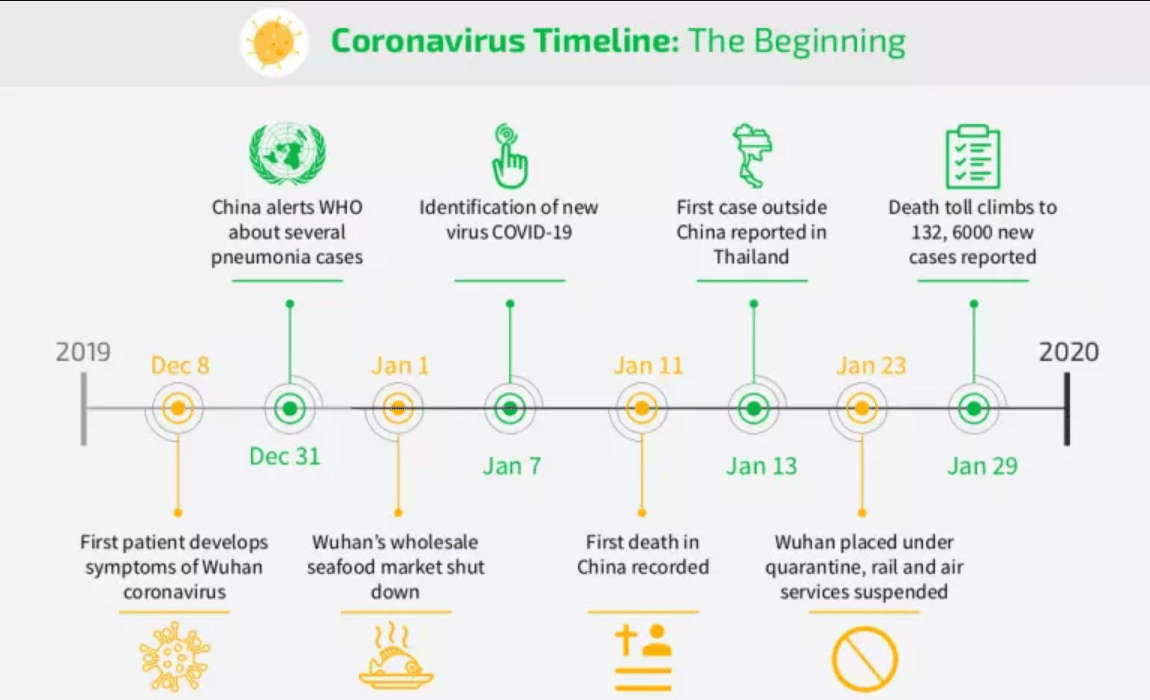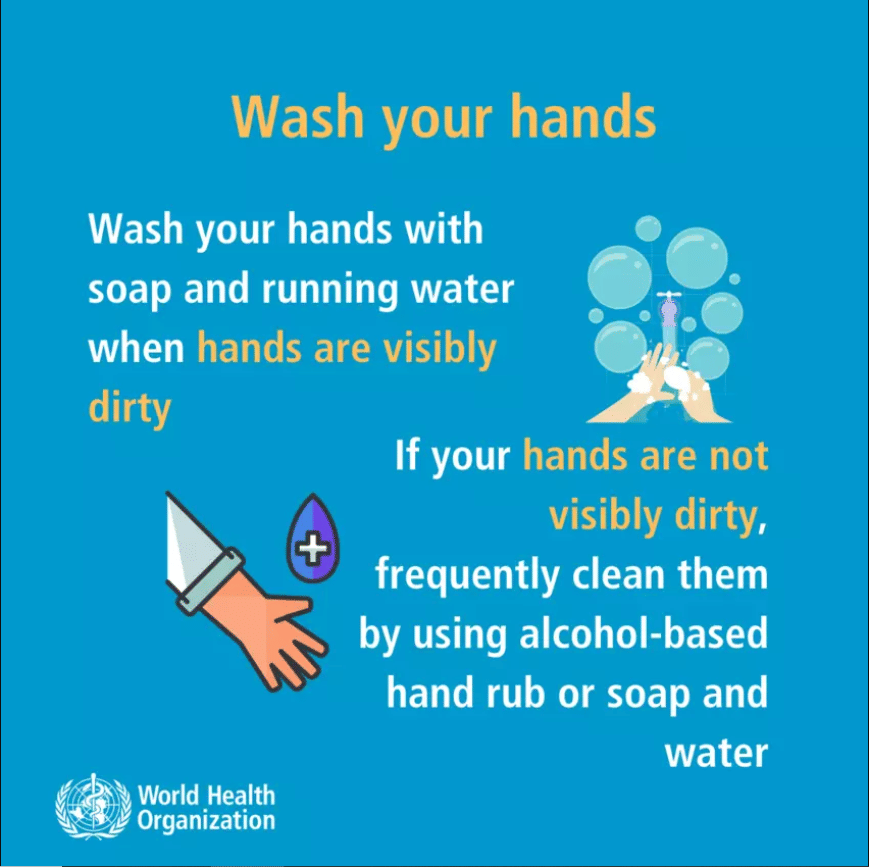The new coronavirus outbreak was declared a pandemic by the World Health Organization (WHO) on March 11. Since then, it’s spread to almost every continent in the world, with more than 870,000 confirmed cases and more than 43,000 deaths, as of 1 April.
The US is currently experiencing the brunt of the outbreak, with more than 189,000 confirmed cases, followed by Italy with more than 105,000, as of 1 April. Spain and Germany are close behind, and cases in many other countries, including Iran, France and the UK, are increasing daily.
First reports of symptoms appeared on December 8, 2019, in Wuhan, China. By the end of the year, the WHO had been alerted about several cases of pneumonia in the province.
The novel coronavirus, later named COVID-19, was identified on January 7, 2020, just days before it caused China’s first reported death.

Severity
There is a misconception that COVID-19 is no different from common seasonal influenza. Both cause respiratory disease and are transmitted through contact, respiratory droplets and fomites (surfaces that harbour the virus following contact with an infected human).
But they vary drastically in severity. According to the WHO (based on the current available data), 80% of COVID-19 infections are mild or asymptomatic, 15% are severe (requiring oxygen) and 5% are critical (requiring ventilation). These figures are considerably higher than what is typically observed in flu.
Also read: Can Covid-19 survivors get the infection again? The answer is complicated
Lethality
The speed of transmission is very important when assessing the deadliness of a virus. Influenza has a shorter incubation period (the time between infection and the onset of symptoms), so it can be diagnosed and treated more quickly.
While influenza has a shorter serial interval (the time between successive cases) and therefore spreads more easily, COVID-19 has a higher reproductive number – meaning infected individuals pass the virus onto a higher number of people.
COVID-19 is also more deadly than seasonal influenza. The crude mortality rate for COVID-19, based on confirmed cases to date, is currently estimated by the WHO to be between 3-4%, with seasonal influenza sitting well below 0.1%. However, it is important to note that these figures are heavily influenced by the availability of quality healthcare, and by case data.

Defence
Currently, our best line of defence against COVID-19 is to limit its spread, reducing the strain on healthcare systems. This is referred to as “flattening the curve”, avoiding a single spike of infections which would create an impossible demand for oxygen, ventilators and ICU (intensive care unit) beds.
In order to slow infection rates, the WHO recommends stringent social distancing measures and frequent handwashing. Many countries, including the UK, US, France, Italy and India, have gone into “lockdown”, prohibiting all but essential travel and telling people to stay at home.
Global unified action is required to combat the new coronavirus effectively. The World Economic Forum’s COVID Action Platform aims to facilitate this, galvanizing the global business community for collective action, and mobilizing support for the COVID-19 response.
The author is a writer of formative content, World Economic Forum.
This article was originally published in World Economic Forum.
Also read: Why asymptomatic coronavirus carriers aren’t as contagious but still a big danger






